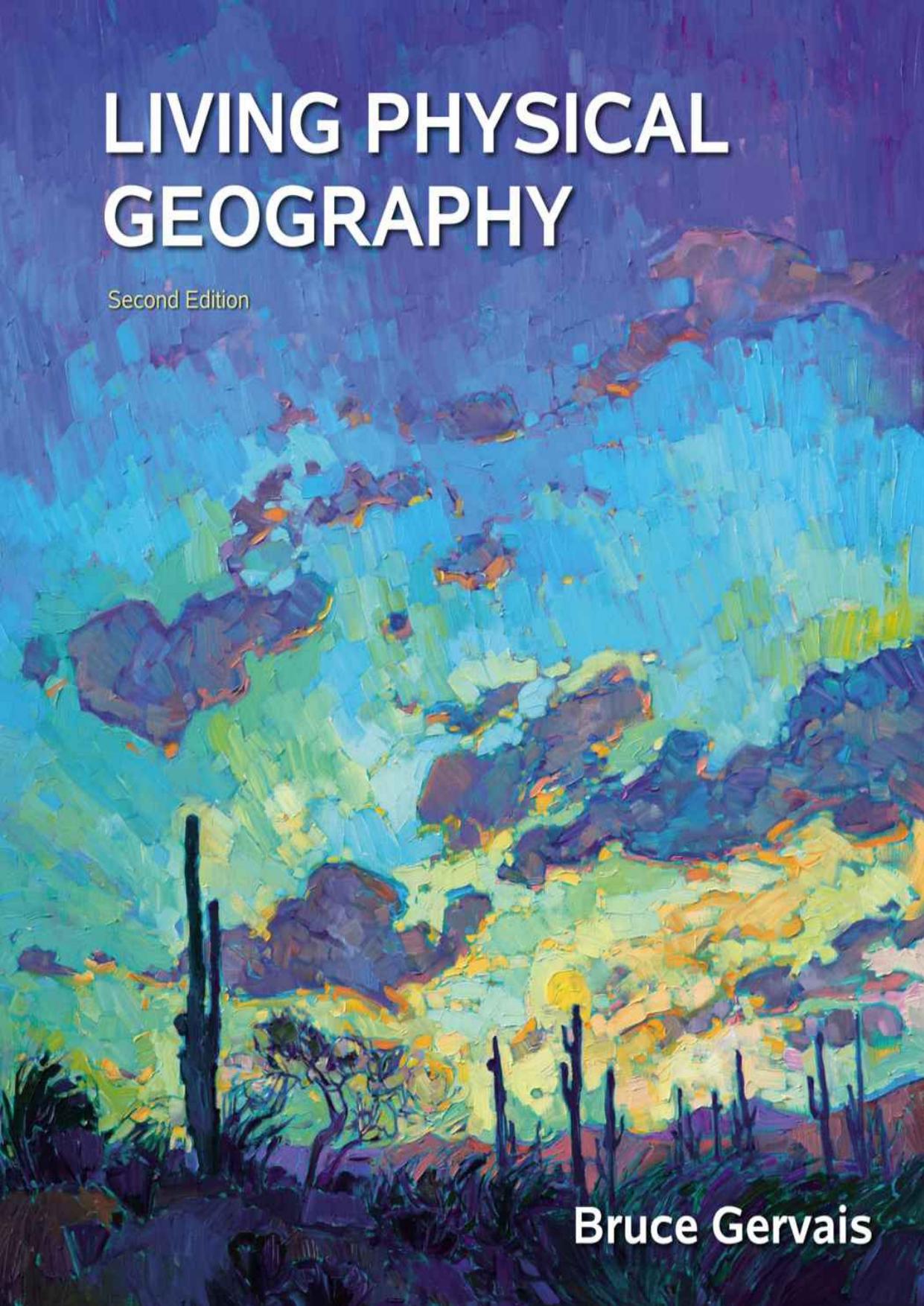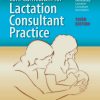Living Physical Geography 2nd edition by Bruce Gervais ISBN 131913503X 9781319135034
$70.00 Original price was: $70.00.$35.00Current price is: $35.00.
Instant download Living Physical Geography 2nd Bruce Gervais Bruce Gervais after payment
Living Physical Geography 2nd edition by Bruce Gervais – Ebook PDF Instant Download/Delivery: 131913503X, 9781319135034
Full download Living Physical Geography 2nd edition after payment

Product details:
ISBN 10: 131913503X
ISBN 13: 9781319135034
Author: Bruce Gervais
The second edition of Bruce Gervais’ Living Physical Geography offers a fresh approach to the study of physical geography, combining print and digital media to create a scientifically substantive work that is written for students. Living Physical Geography focuses on human-physical geography interactions, using pedagogical features in the textbook and online in SaplingPlus to create a modern synthesis of the science of physical geography. In this, the most student-friendly book in the market, the authors Bruce Gervais has curated and designed all of the learning assets within the text and online in SaplingPlus. Each of the four major parts in Living Physical Geography focuses on energy flows within Earth’s physical systems. Additionally, landscape analysis underpins the body of the text. Step-by-step examples are used to illustrate how landforms and systems develop, evolve, and change through time.
Living Physical Geography 2nd Table of contents:
Part I: Atmospheric Systems: Weather and Climate
Chapter 1: The Geographer’s Toolkit
1.1 Welcome to Physical Geography!
1.2 Scales of Inquiry
Spatial Scale: Perspective in Space
Temporal Scale: Time as a Perspective
1.3 Energy and Matter in Earth’s Physical Systems
Energy and Matter
Earth’s Physical Systems
• The Atmosphere
• The Biosphere
• The Lithosphere
• The Hydrosphere
Earth System Feedbacks
The Structure of Living Physical Geography
• Atmospheric Systems: Weather and Climate
• The Biosphere and the Geography of Life
• Tectonic Systems: Building the Lithosphere
• Erosion and Deposition: Sculpting Earth’s Surface
1.4 Mapping Earth: The Science of Spatial Awareness
The Geographic Grid
• Latitude
• Longitude
• Using the Geographic Grid
The Global Positioning System (GPS)
Maps
Map Projections
• Types of Map Projections
• Equal-Area and Conformal Maps
Great Circle Routes
Map Scale: How Far Is It?
Mapping Earth’s Surface
1.5 Imaging Earth
Satellite Remote Sensing
Doppler Radar and Sonar
Geographic Information Systems
1.6 Geographic Perspectives: The Scientific Method and Easter Island
Easter Island’s Mysterious Moai: Observations and Curiosity
Key Evidence from Pollen: Data, Information, and a Hypothesis
Log Rollers and “Walking” Statues: Hypothesis Testing
Key Evidence from Garbage: Further Inquiry
Putting Together the Evidence: Easter Island’s Story
How Is a Hypothesis Different from a Theory?
Study Guide
Chapter 2: Portrait of the Atmosphere
The Human Sphere: China’s “Airpocalypse”
2.1 Composition of the Atmosphere
Gases in the Atmosphere
• Permanent and Variable Gases
• Gas Sources and Sinks
Aerosols in the Atmosphere
2.2 The Weight of Air: Atmospheric Pressure
Air Pressure
Air Density and Pressure
Measuring Air Pressure
2.3 The Layered Atmosphere
Atmospheric Layers Based on Temperature
• The Weather Layer: The Troposphere
• A Protective Shield: The Stratosphere
• Thin Air: The Mesosphere and Thermosphere
The Ionosphere: Nature’s Light Show
2.4 Air Pollution
Atmospheric Pollutants
• Carbon Monoxide
• Nitrogen Dioxide
• Ground-Level Ozone
• Sulfur Dioxide
• Particulate Matter
• Volatile Organic Compounds
Concentrating Pollutants: Topography and Temperature Inversions
Warning the Public
Regulating Clean Air
2.5 Geographic Perspectives: Refrigerators and Life on Earth
A Landmark Paper and an International Protocol
Human Health Effects of a Thinning Ozonosphere
Ecosystem Health Effects of Ozonosphere Thinning
A Crisis Averted
Study Guide
Chapter 3: Solar Energy and Seasons
The Human Sphere: Hot Cities
3.1 Temperature and Heat
What Is Temperature?
What Is Heat?
How Does Heat Move?
3.2 The Sun’s Radiant Energy
Photons and Wavelengths
Earth’s Important Wavelengths: Ultraviolet, Visible, and Infrared
• Ultraviolet Radiation
• Visible Light
• Infrared Radiation
3.3 Earth’s Energy Budget
The Great Balancing Act
The Global Heat Engine
3.4 The Four Seasons
What Causes Seasons?
How Does the Migration of the Subsolar Point Affect Seasonality?
How Does Earth’s Tilt Affect Day Length?
• Day Length on an Equinox
• Day Length on the December Solstice
• Day Length on the June Solstice
3.5 Patterns of Temperature and Seasonality
Average Annual Temperature Patterns
• Elevation: Colder in the Mountains
• Latitude: Colder near the Poles
Seasonality Patterns
• Why Do Inland Regions Have Greater Seasonality than Coastal Regions?
• Ocean Currents and Seasonality
• Prevailing Wind and Seasonality
3.6 Geographic Perspectives: The Rising Solar Economy
Solar Energy
The Global Context
Decentralized versus Centralized Solar Power
• The Decentralized Approach
• The Centralized Approach
Study Guide
People also search Living Physical Geography 2nd :
living physical geography bruce gervais 2019 edition 2
living physical geography by bruce gervais
living physical geography 2nd edition pdf
living physical geography 2nd edition
gervais living physical geography
Tags: Bruce Gervais, Living Physical Geography


